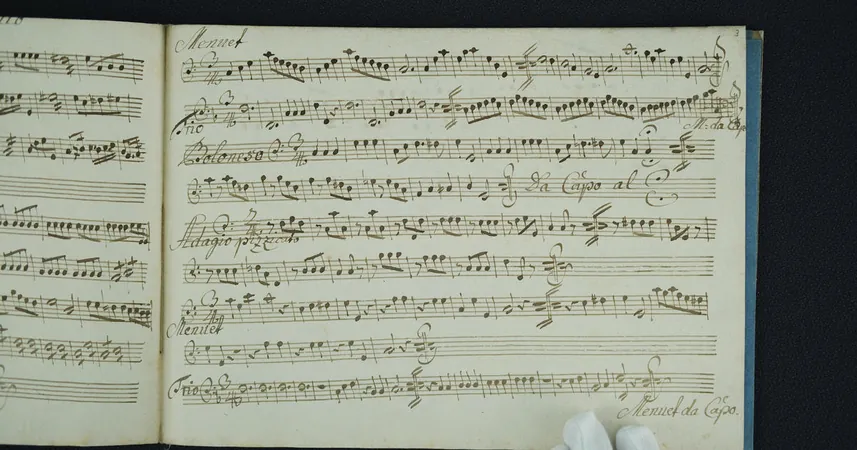
Shocking Revelation: 1 in 7 Scientific Papers Could Be Fake! What This Means for Research!
2024-09-24
A provocative new analysis suggests that a staggering one in seven scientific papers may be partially fraudulent. This bold assertion comes from James Heathers, a researcher affiliated with Linnaeus University in Sweden, who recently examined various studies to shed light on the troubling issue of scientific misconduct.
In a 2009 seminal study, only about 2% of scientists admitted to fabricating, falsifying, or modifying data at any point in their careers. However, Heathers argues that this figure is now significantly outdated, with many variables and circumstances having evolved over the past 15 years. He wanted to produce a more current estimate to confront what he describes as an epidemic of scientific dishonesty that desperately needs addressing.
On September 24, Heathers published his findings on the Open Science Framework, revealing that based on a meta-analysis of 12 major research studies encompassing around 75,000 individual papers, the new figure suggests a striking 14% of scholarly work may be compromised.
Heathers criticized the traditional reliance on self-reports from scientists concerning their integrity, calling it a "very bad approach," particularly as dishonest individuals are unlikely to admit to wrongdoing. Instead, he focused on independent analyses that deployed online tools to uncover the footprint of deception in academic literature.
While Heathers' findings have sparked a conversation about the validity of research, not all experts agree with his conclusions. Daniele Fanelli, a metascientist who contributed to the earlier 2009 study, expressed skepticism. He highlighted issues within Heathers’ methodology, arguing that conflating different studies that highlight diverse types of scientific issues does not provide a solid framework for making bold claims.
Adding to the debate, Gowri Gopalakrishna, an epidemiologist from Maastricht University, noted that the prevalence of falsification may vary widely across different fields of study, making blanket figures less meaningful. She emphasized the need for nuanced discussions centered on specific disciplines to genuinely understand the scope of the problem.
Despite critique and controversy, Heathers remains steadfast in his determination to highlight an issue he believes is critically underfunded and insufficiently researched. He fears that waiting for comprehensive studies before acting means society risks waiting too long to rectify the problems that might plague scientific integrity.
As this discussion unfolds, the implications for researchers, institutions, and society are profound. A call to action looms for more rigorous scrutiny and accountability within scientific publishing, as the integrity of research remains a cornerstone for informed decision-making in critical areas such as medicine, environmental policy, and technology advancement.
Could this startling revelation change the way we approach scientific literature? One thing is certain: the pressure is on for the academic community to ensure integrity is upheld, for the sake of knowledge and progress. Stay informed, as we continue to report on this evolving story!



 Brasil (PT)
Brasil (PT)
 Canada (EN)
Canada (EN)
 Chile (ES)
Chile (ES)
 España (ES)
España (ES)
 France (FR)
France (FR)
 Hong Kong (EN)
Hong Kong (EN)
 Italia (IT)
Italia (IT)
 日本 (JA)
日本 (JA)
 Magyarország (HU)
Magyarország (HU)
 Norge (NO)
Norge (NO)
 Polska (PL)
Polska (PL)
 Schweiz (DE)
Schweiz (DE)
 Singapore (EN)
Singapore (EN)
 Sverige (SV)
Sverige (SV)
 Suomi (FI)
Suomi (FI)
 Türkiye (TR)
Türkiye (TR)